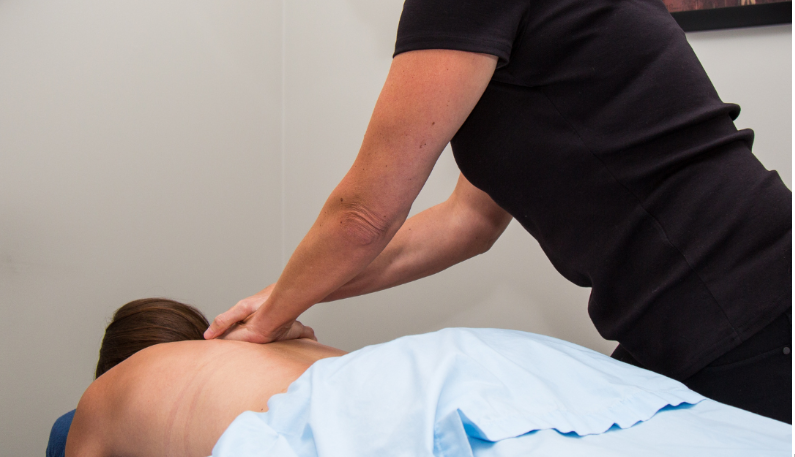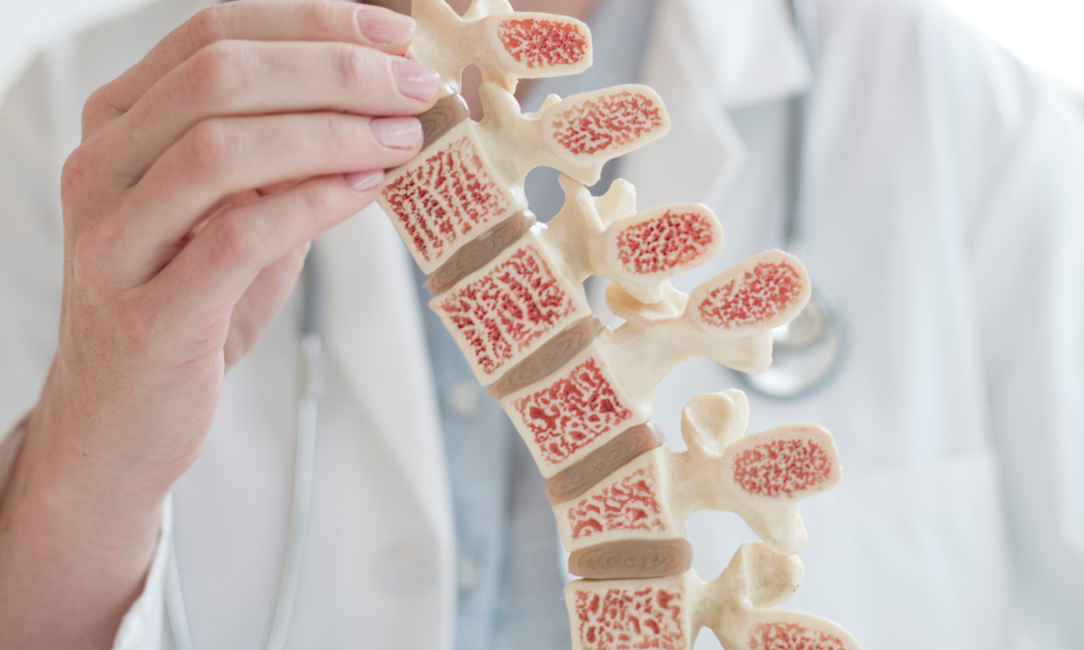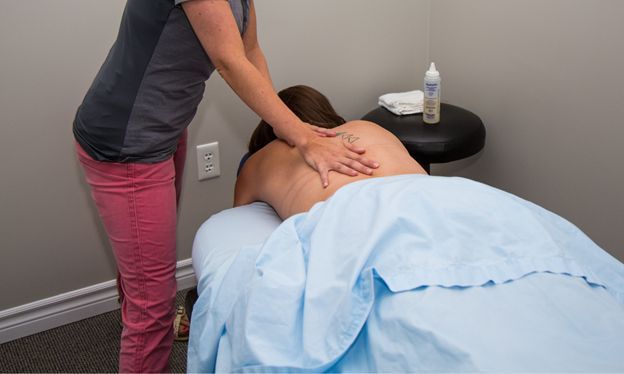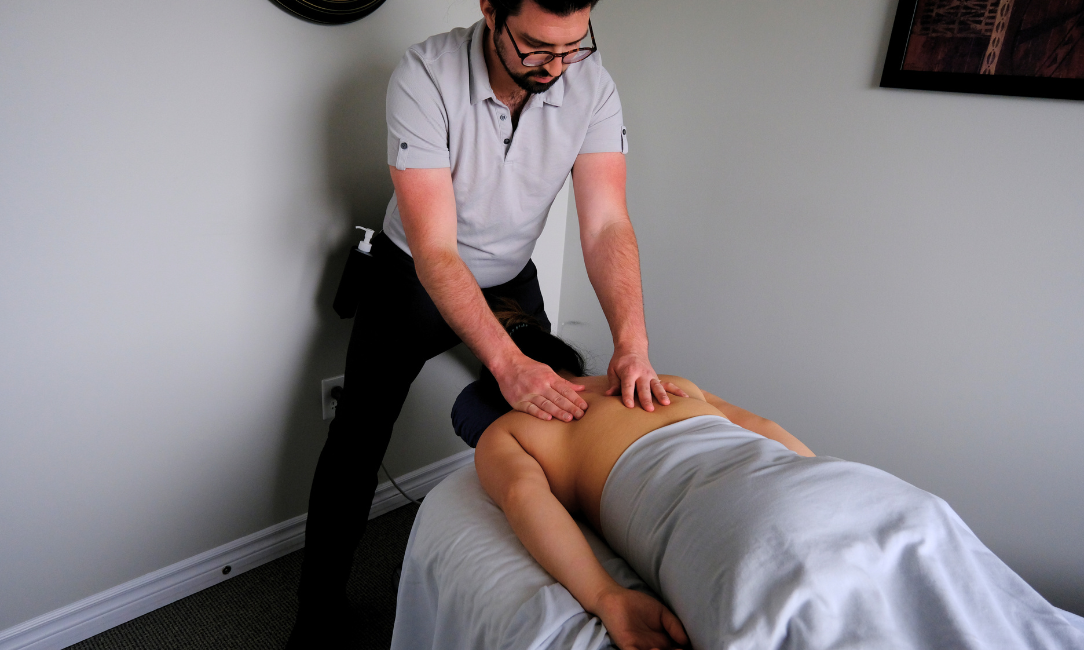Should A Massage Hurt?
People often come in for a massage and think that it has to hurt in order to “work”, but we’re here to tell you that is a myth! Read about some of the reasons you may experience pain or discomfort during a massage, and some tips to enjoy your massage treatment!
Pain vs Discomfort
The goal of massage is not to cause pain, but sometimes you may feel discomfort if your massage therapist is using deep tissue massage techniques, or you have an injury. It’s important to communicate with your RMT when you feel any pain or discomfort during your treatment. Your RMT may adjust the pressure, or use different techniques.
During A Massage
Some people describe deep tissue massage as “hurts so good”. We often say that the discomfort shouldn’t affect your breathing, so if you find yourself holding your breath, or unable to talk, ask for less pressure.
Sometimes your massage therapist may ask you to lay in a position that is uncomfortable for you. If so, let them know, there are usually alternatives. For example you can lay on your side instead of on your stomach, or lay propped up by pillows into a semi-seated position instead of flat on your back.
After The Massage
After your massage, you may feel sore, especially after a deep tissue massage. Feeling tender or like you “worked out” is not uncommon, and it usually only lasts a day or so. Using heat, staying hydrated and getting quality sleep should help.
If you are in a considerable amount of pain after your massage, speak to your RMT about your symptoms. They will be able to make recommendations based on your specific situation.
Does It Work Even If It Doesn’t Hurt?
Massage can be incredibly beneficial, even when moderate pressure is used. Studies show that moderate pressure massage appears to reduce anxiety, and depression, and even help decrease symptoms in conditions such as asthma, migraines, and attention deficit disorder.
The bottom line is that if it feels good to you, it’s beneficial.
Tips For Enjoying Your Massage
- Massage preferences are individual! Here are some tips so that you can get the most out of your massage appointment:
- Communicate with your RMT before treatment. Let them know what your treatment goal is; whether it’s relaxation, decrease in muscle tension, decrease in pain, management of a condition or an hour to yourself.
- During your treatment, speak up if you are in pain, you want more or less pressure, or even if you need another pillow to feel comfortable.
- Try other RMTs if the first one you try isn’t a good fit. Every RMT has different specialties and treatment styles.
You can book an appointment with our registered massage therapists online or by calling us at 902 865-8100
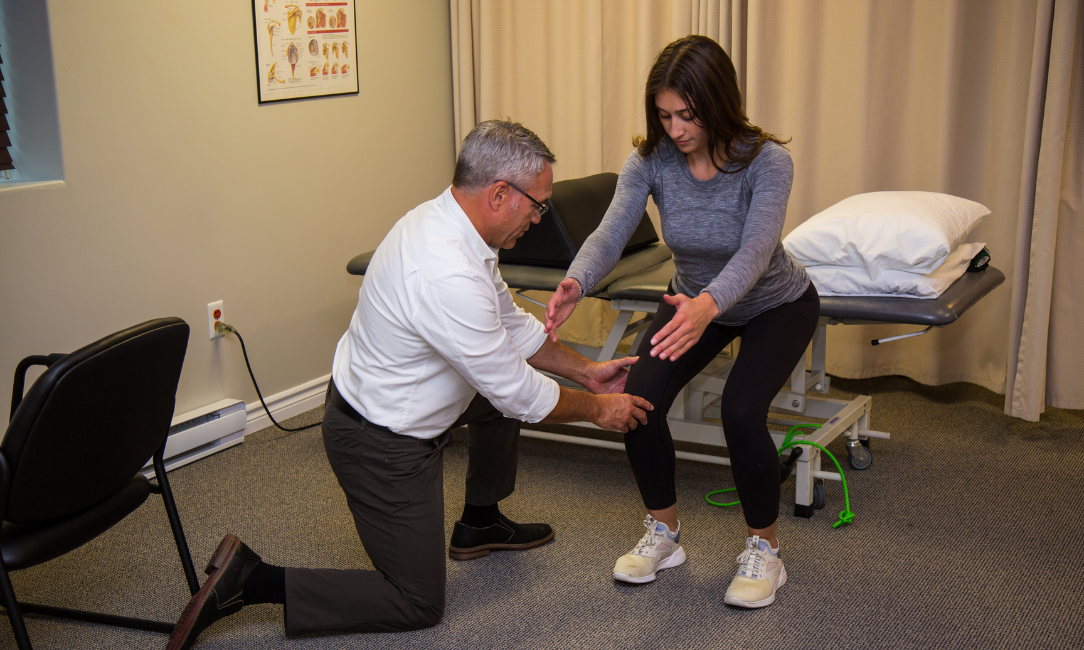

The Role of Physiotherapy, Massage Therapy, and Occupational Therapy After Joint Replacement Surgery
